From the article, the Silence of the Bugs. An Armageddon.
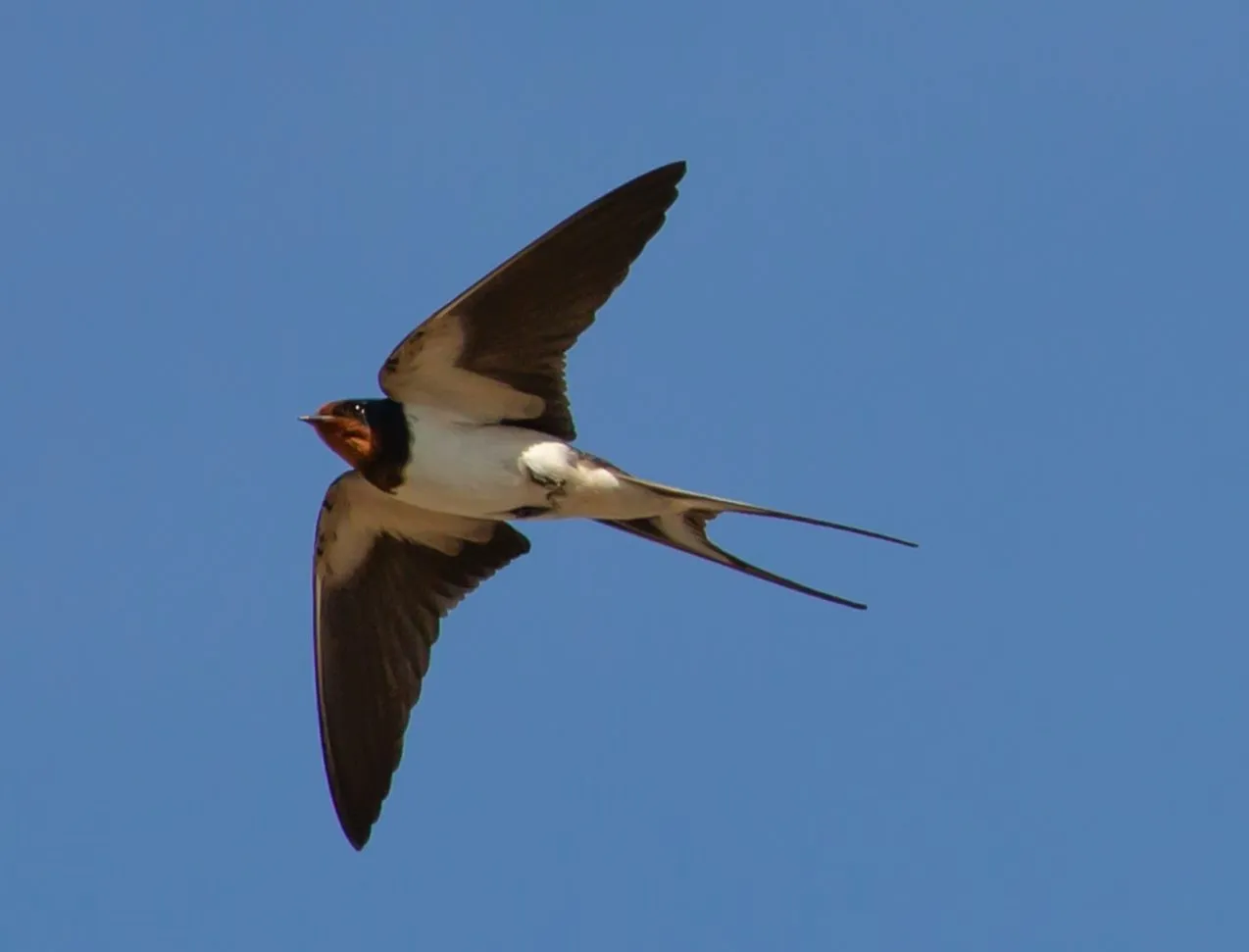
Source
Did you know that for 2 years after a swallows birth they never land?
True as they fly constantly, eat flying bugs and they even sleep in flight. The reason for this post is that I want to show you the danger that the disappearing insects present to the birdlife and consequently for us as human life.
Note that the rest of the photos are all my own.
Here is the Greater Striped Swallow (Cecropis cucullata) collecting mud for their nest.
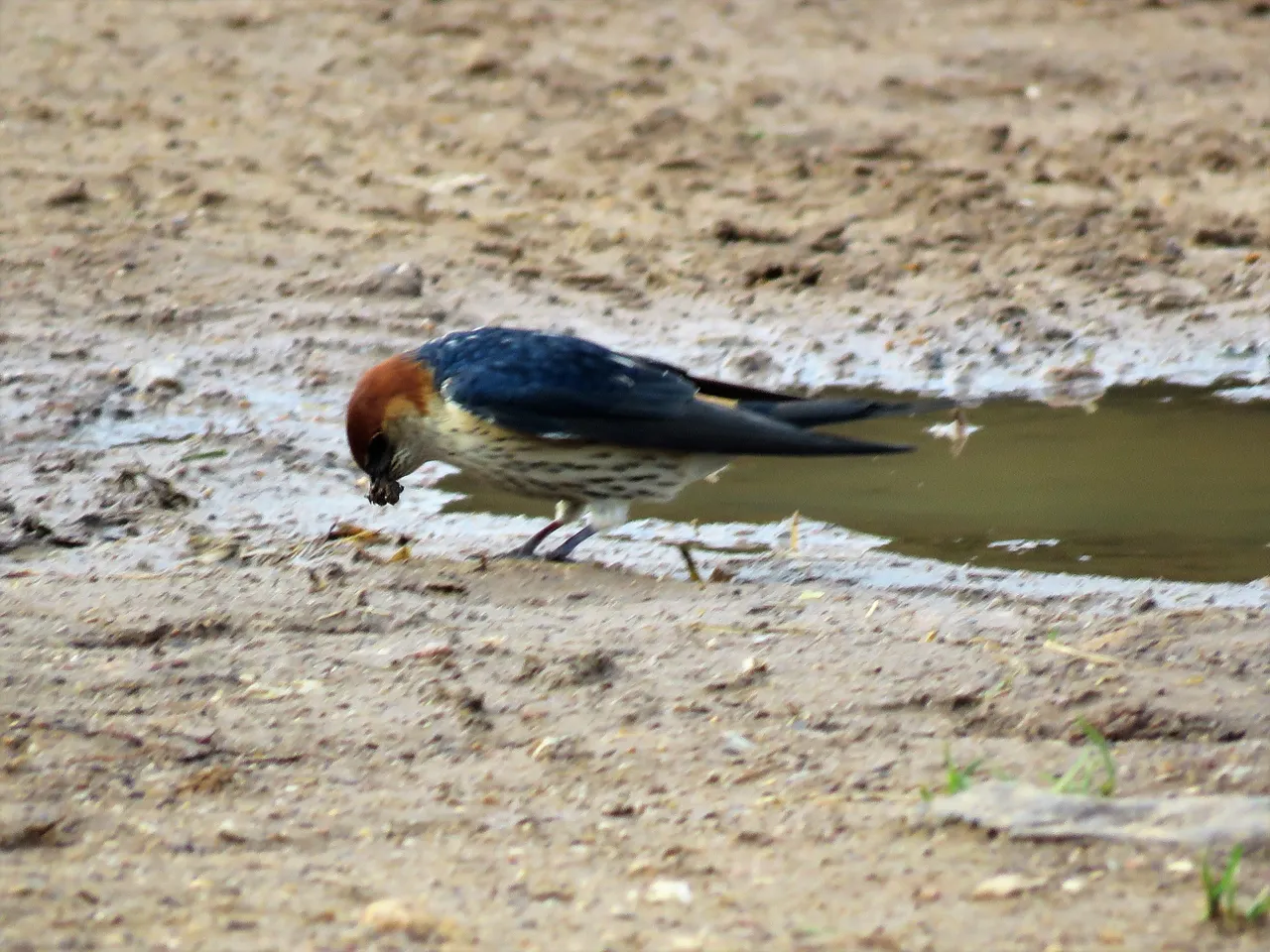
It is well named. In relation to its size, it has an enormous mouth surrounded by an almost useless little beak. There’s a reason for this. It needs its beak only to roll mudballs to make a nest when it eventually comes down to earth to breed (it’s impossible to incubate eggs in mid-air) and to offer tidbits to chicks. For the rest it catches insects on the wing by diving at them with a gaping maw.
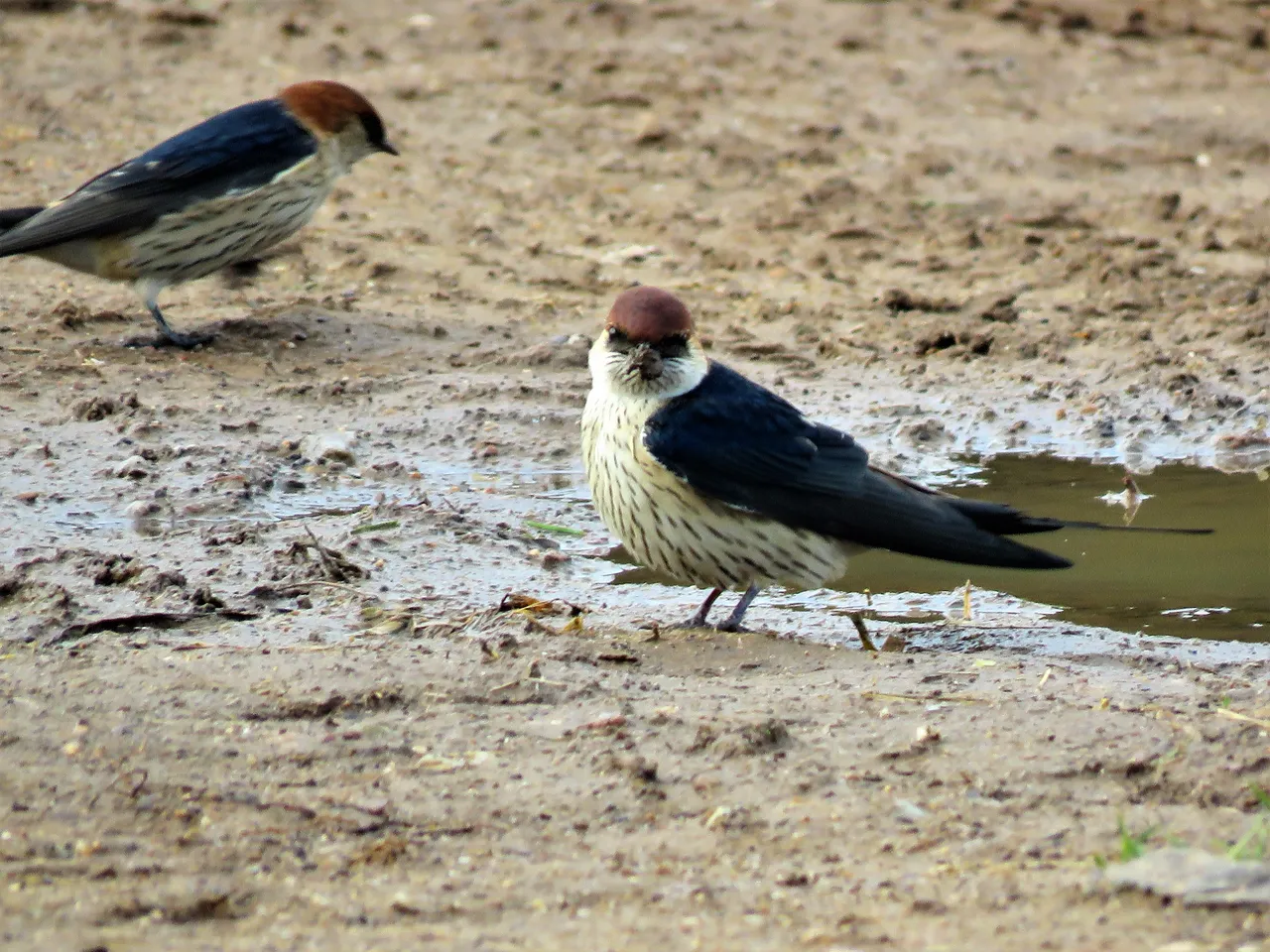
But in many parts of the world these days, one swallow – or maybe two or three – is all you get. They’re in deep trouble. The reason has to do with the Silence of the Bugs.

The reason is that we’re running out of them and very few scientists are marking their passing. Biology these days happens in the DNA lab. As a result, there are fewer and fewer field biologists to raise red flags about insect decline. But if swallows could, they would.
What’s happening is in fact an insect Armageddon, particularly in developed countries.
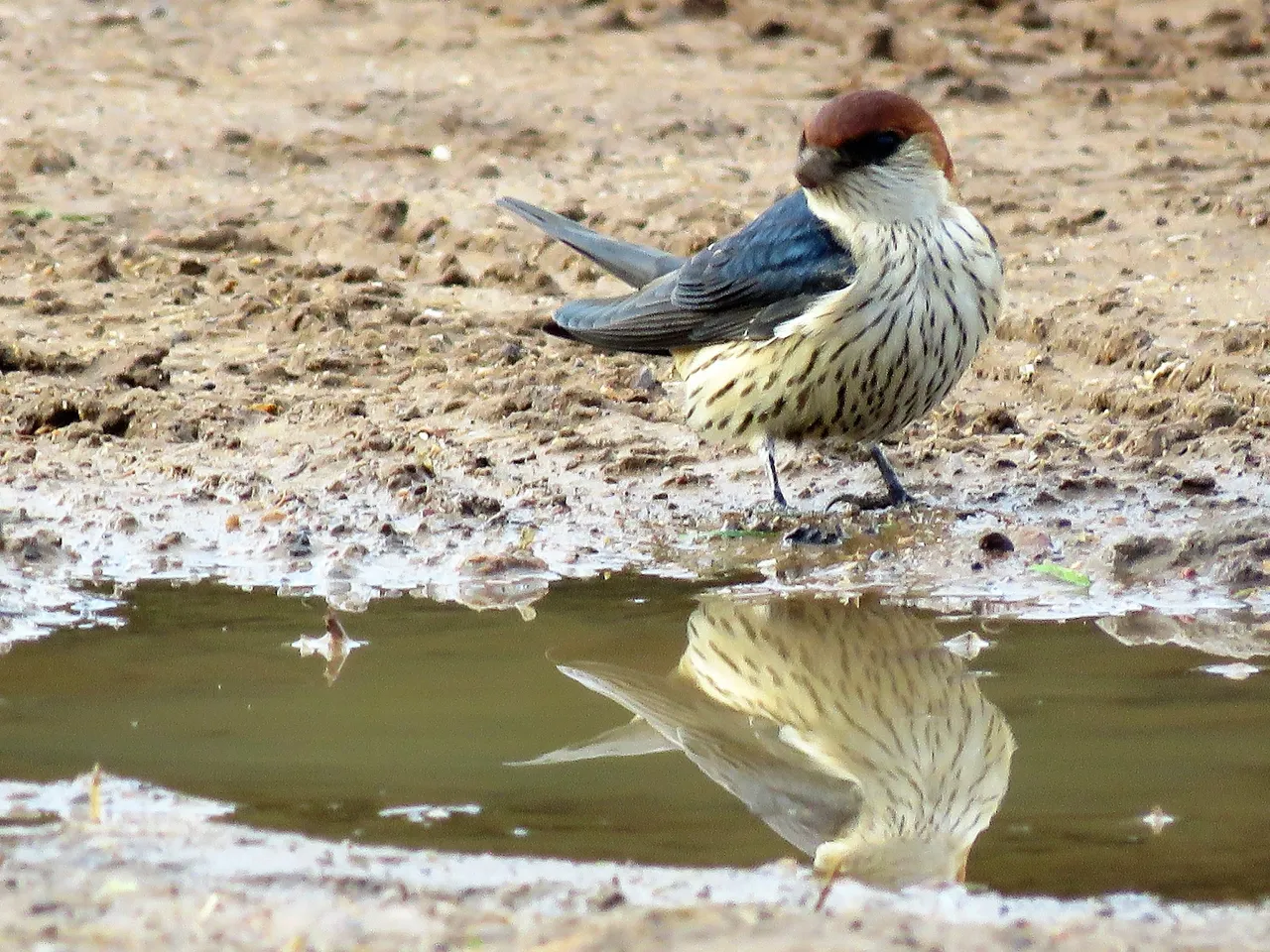
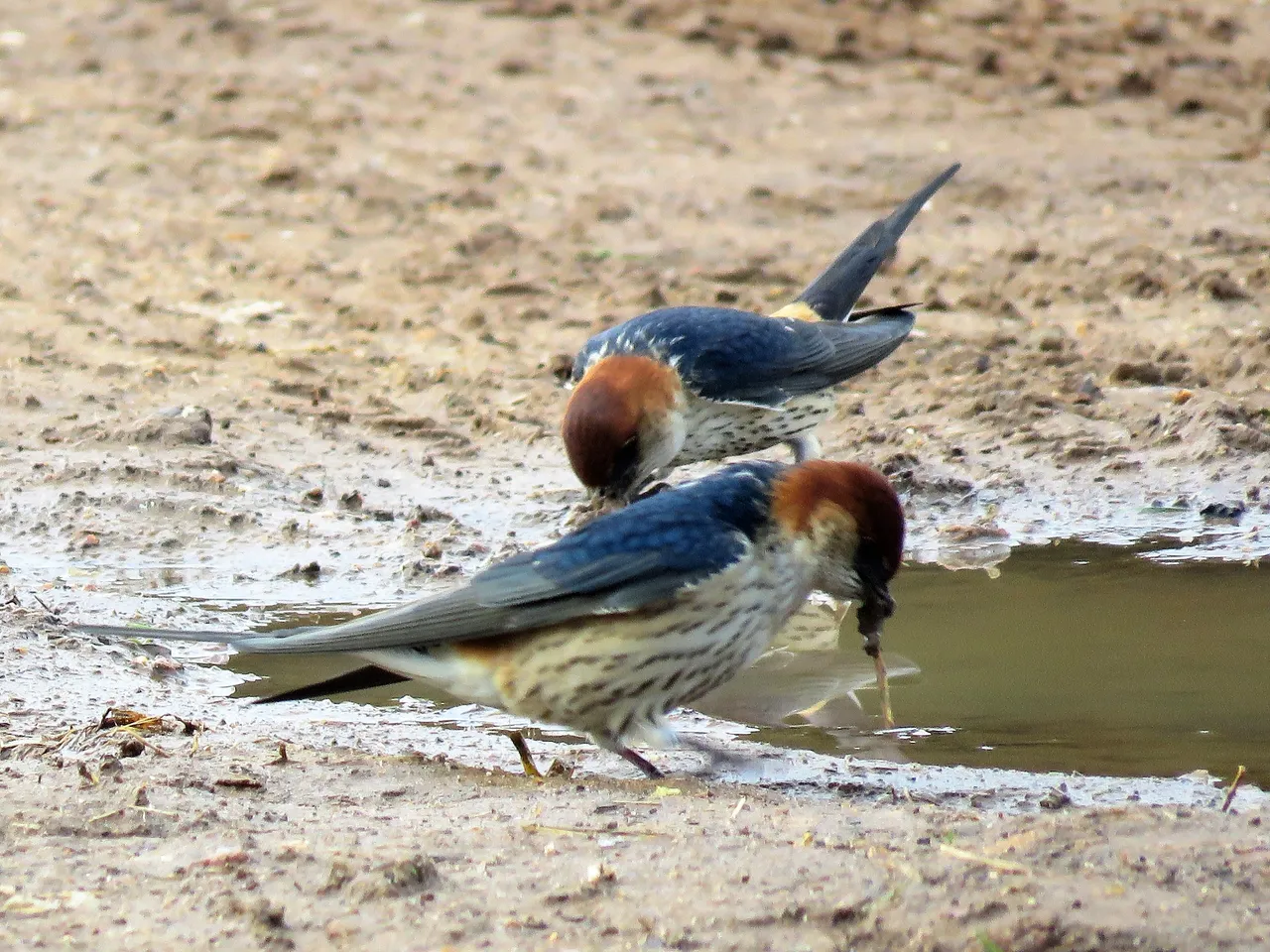
A study over 27 years in 63 protected areas in Germany found an alarming 82% decline in flying insects and a 76% decline in all insects. Africa’s not so bad, but the bug-on-your-windscreen test suggests we’re still in trouble.
In a detailed study over 20 years, Danish etymologist Anders Møller found the abundance of flying insects killed on windscreens decreased by more than 80%. Lower abundance of insect windscreen splats correlated with lower numbers of three species of aerially insectivorous birds, particularly swallows, and the rate at which they fed their nestlings.
So what will happen to all of us once all of the insects disappear? This will interupt the eco-system and the skies will be empty with no birds in sight. It is stated in the article that mankind will then last for only a few months, as the food chain will collapse.
So Please do me a favor by visiting this article and you will find a plethora of other topics on our world and our people. You can also get their free newsletter on the site. Source
And That's All Friends.
Except the first photo, all other photos by Zac Smith-All Rights Reserved.
We hope that you read the story and liked the pictures.
Thank you for supporting a post by @papilloncharity
